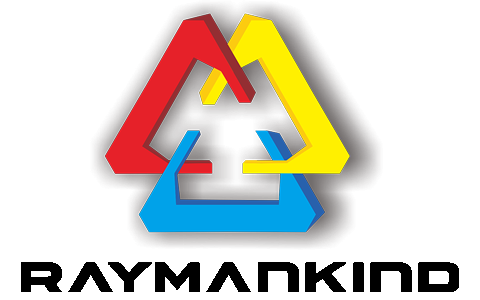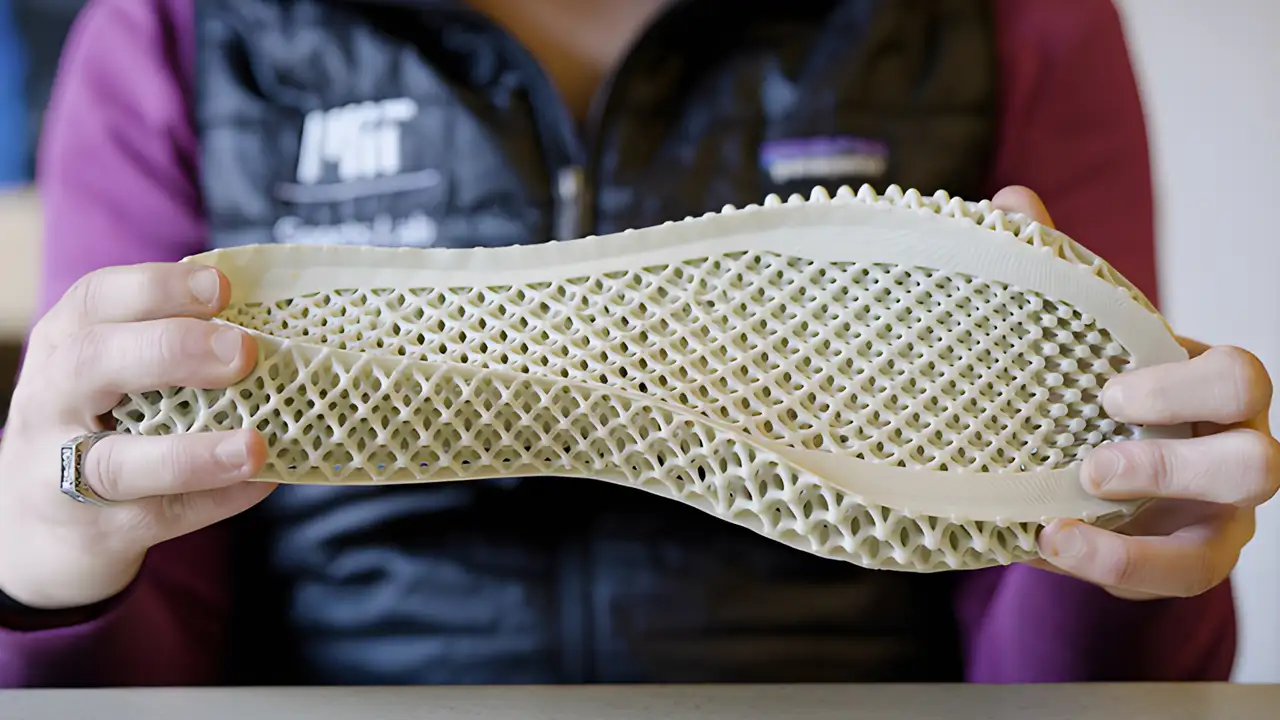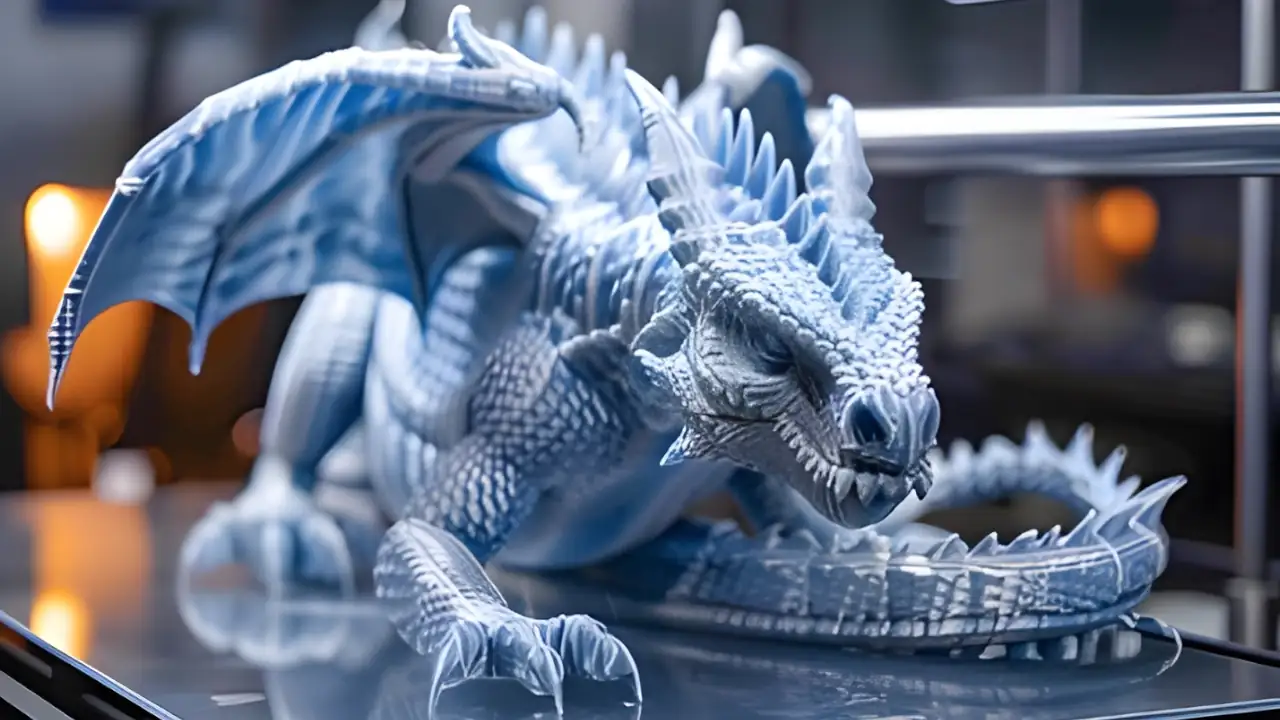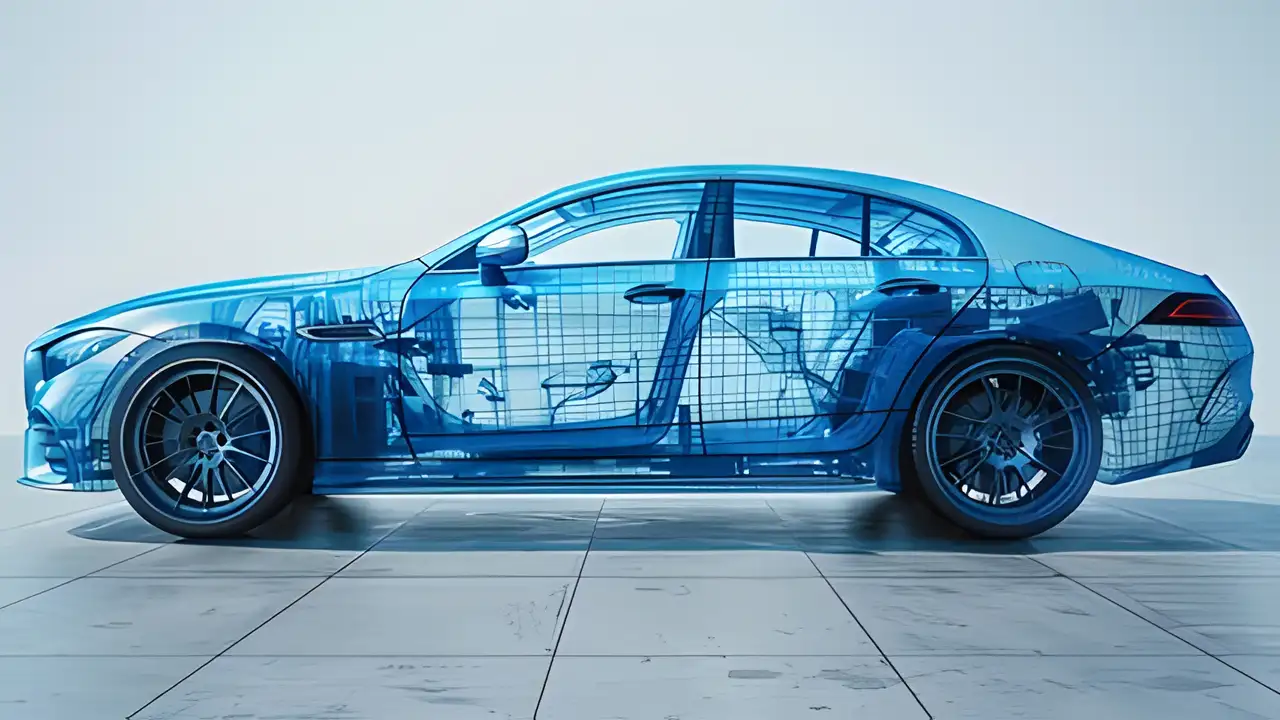3D printing is making a significant impact in the Toys & Entertainment sector, offering unique opportunities for customization and innovation that redefine traditional manufacturing processes. With 3D printing, toy manufacturers can design and produce intricate and bespoke toys that cater to the personal tastes and preferences of individual consumers. This capability extends to creating action figures, board game pieces, and complex puzzles, which can all be tailored to feature specific characters, themes, or even personalized elements such as a child’s name. The agility of 3D printing allows for short production runs and on-demand manufacturing, reducing inventory costs and waste associated with mass production.
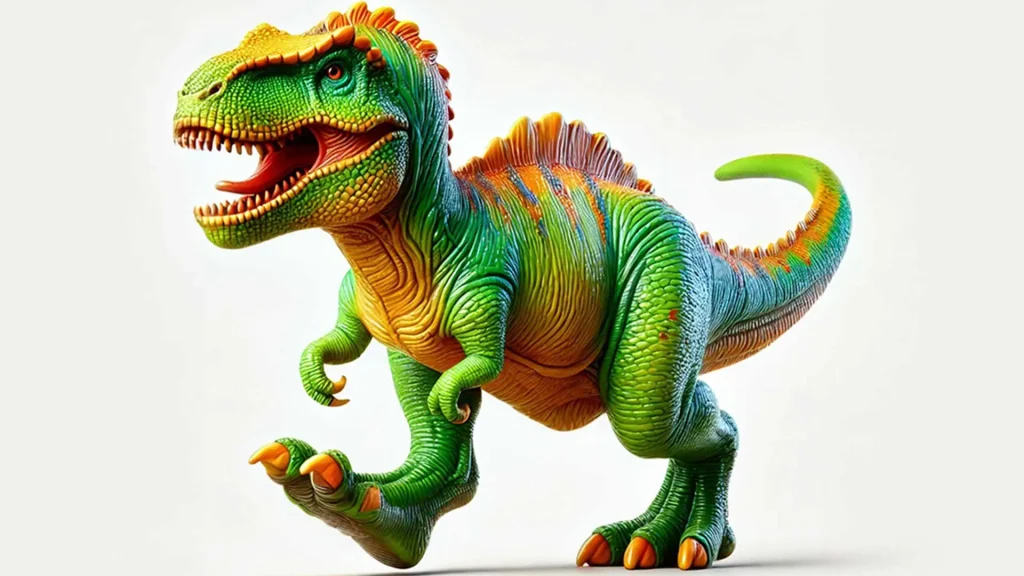
Unleashing Creativity and Customization
In the entertainment industry, 3D printing is enhancing the creation of props and costumes for film and theater. Designers and producers can fabricate detailed and realistic props that are both lightweight and durable, directly from digital models. This process not only speeds up production but also increases the accuracy and realism of the items, adding depth and authenticity to the visual storytelling. Costumes and set pieces can be customized for specific actors or scenes, ensuring a perfect fit and unique visual impact, which enhances the overall aesthetic and impact of productions.

Efficiency and Cost-Effectiveness
Moreover, 3D printing is instrumental in the rapid prototyping and development of new toys and entertainment products, enabling designers to iterate designs quickly and economically. It opens up new avenues for creativity, allowing designers to experiment with complex designs that would be difficult or impossible to achieve with traditional manufacturing methods. This innovation not only fuels the industry’s growth but also engages consumers more deeply by offering them novel products that push the boundaries of what toys and entertainment can be.
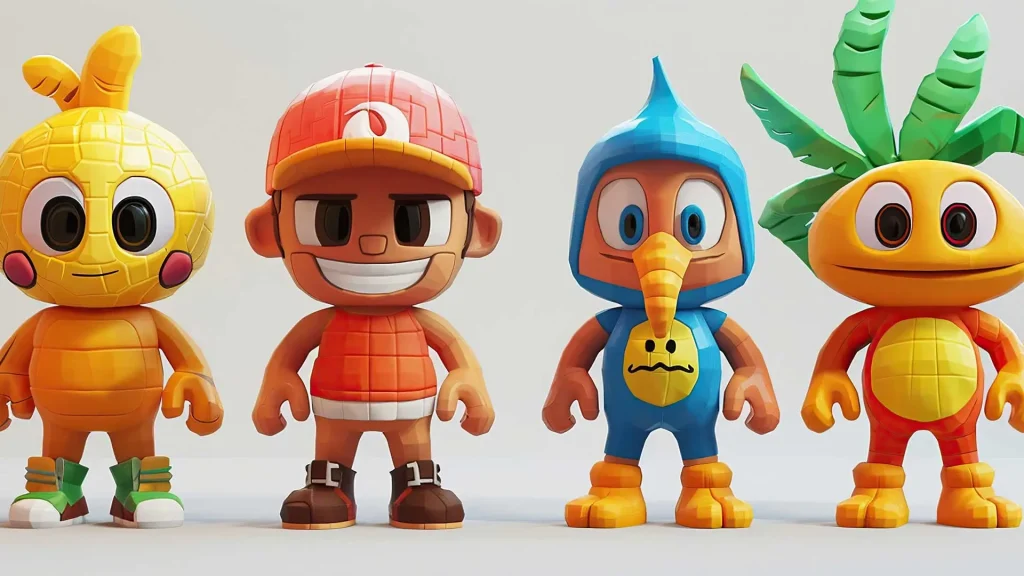
Sustainability and Environmental Impact
Sustainability is a growing concern in the Toys & Entertainment industry, and 3D printing offers several environmental benefits. Traditional manufacturing processes often generate significant material waste. In contrast, 3D printing is an additive process, meaning material is only used where needed, significantly reducing waste. Furthermore, the ability to produce parts locally reduces the carbon footprint associated with transportation and logistics.
